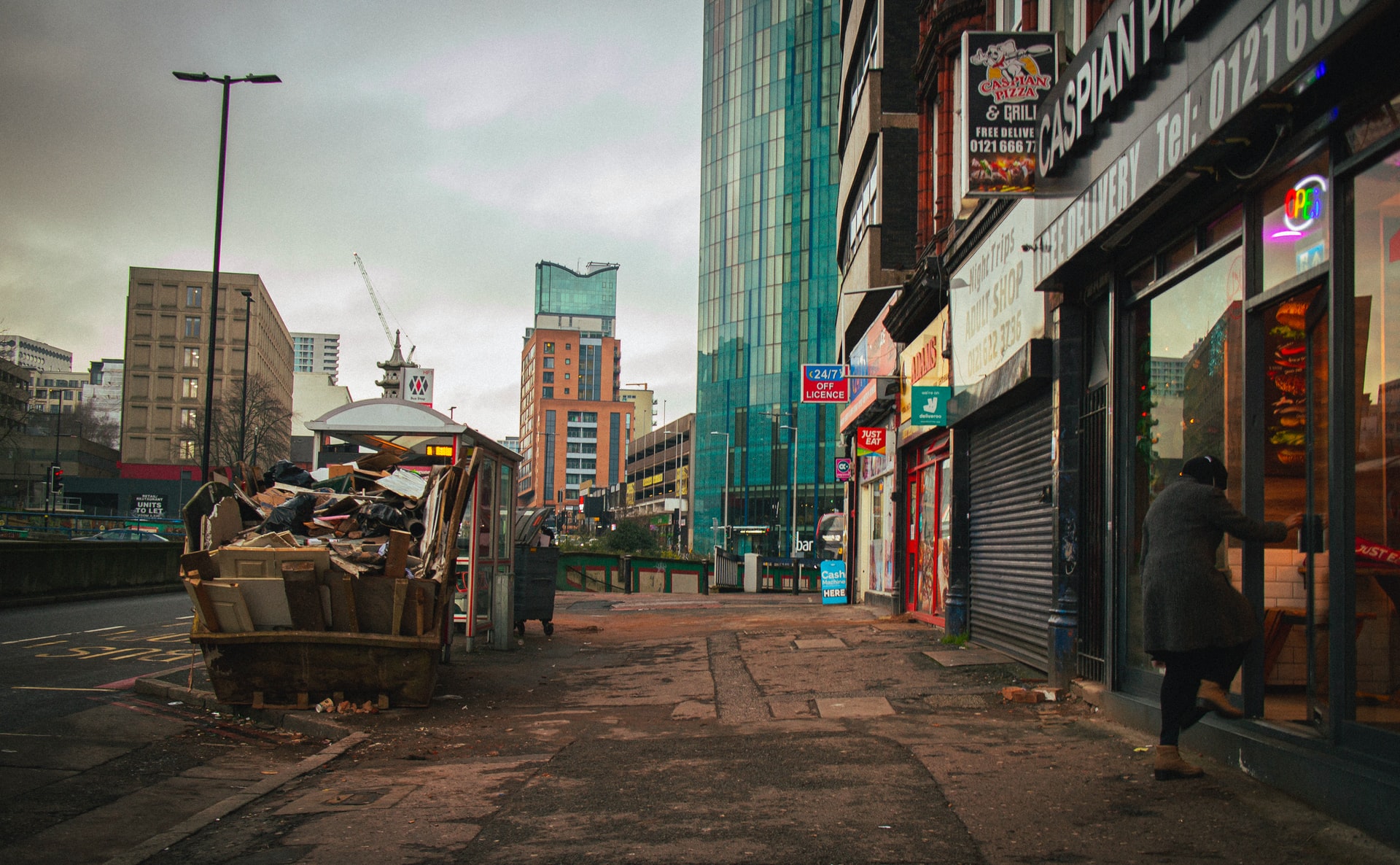Last time we explained to you what is Oosouji and the benefits of applying this cleaning method. And in the second part of our, we will show you how to put this Japanese technique into practice. Haven’t check the first part yet? You can do it here.
Let’s get started.
How to Put It Into Practice?
To put the Oosouji method into practice, you should follow the steps below:
Set Aside a Specific Day
The Oosouji is a routine that requires prior preparation, I.e you need to plan it in advance. For this reason, we recommend that you set aside a day in your schedule and allocate it exclusively to Oosouji. Depending on the size if your house, you will need at least a day or weekend.
It is also necessary that you prepare all the elements you are going to need such as garbage bags, microfiber cloths to clean the dust from furniture, appliances, floors and walls and that you use the most appropriate cleaning products for each of them. It doesn’t matter if they are commercial or homemade, the important thing is that you have them on hand to avoid distractions.
Finally, before you start cleaning, air out the house. This step is essential to purify the air.
Avoid Distractions
The best way to practice Oosouji is to start in the morning, as this is the time when physical and mental energy is at its highest.
Also, during Oosouji, your concentration level should be at its highest. This means that it’s best if you turn off your cell phone (put it on silent or activate only emergency notifications) and play a list with your favorite soft music (that doesn’t distract you from your work).
You can even light a candle and an incense stick to create a more timely and serene relational environment. It’s best to clean from a place of tranquility.
Products such as baking soda, white vinegar, or liquid ammonia will be your best allies for a deep cleaning of the house.
Get Rid of Excess Stuff
The day you put it into practice, you must maintain a firm stance and get rid of everything you no longer need or that makes you happy. It is essential that you remove all items from cupboards, drawers and furniture and eliminate (or throw away) items you no longer need.
Here you can see the emotional cleansing that this method involves, as getting rid of anything that generates negative feelings will allow you to feel freer.
Do a Deep Cleaning
Oosouji is considered a deep cleaning that should never be left halfway or done in a superficial manner. In other words, you need to move furniture, remove carpets, empty closets and rid them of dust, stains and dirt inside and out. For example, blinds, walls or large windows are things we don’t clean often. If you put the method into practice, you should clean them.
But where to start? It is best to start by cleaning the kitchen and bathrooms, places that tend to accumulate more dirt. You can use homemade and environmentally friendly cleaning products such as white vinegar, baking soda and ammonia or use steam cleaners.
Keeping It Tidy
Once you’ve cleaned everything, it’s time to put things back in order, to put things in their place. This is the best way to maintain order in the long run. Otherwise, laziness will prevent this order from being maintained over time. Putting everything in its place brings harmony and serenity to your home. Remember that a tidy house is free of cluttered floors and counters.
Like the Konmari method, Oosouji seeks to bring order and harmony to all elements of the home.
Clean in a Clockwise Direction
Once you have gotten rid of what you don’t need, you must mark an order during the cleaning by following the direction of a clock: finish the cleaning at the same point where you started.
Also, you should know that this tradition is always practiced from top to bottom, that is to say, first clean the ceilings, then the walls, followed by the furniture and, finally, the floor. On this last point, we give you a tip: always sweep towards the entrance of your house.
It is very important that you follow this order because this way you avoid dirtying what is already clean. For example, vacuuming should be the second to last task (the last one being to throw away and recycle the garbage).
Tackle Unfinished Business
Oosouji also represents the time to put unfinished business of accounts and paperwork in order. That means paying off debts, paying outstanding bills and finishing all the outstanding chores, like taking that red coat to the dry cleaner, returning the books your best friend lent you or picking up the bottom of the pants you just bought.
As for paperwork, as Marie Kondo points out in The Magic of Order, you need to throw away all those documents and bills that accumulate on a daily basis. You don’t need them, they don’t do anything for you and they just take up space.
With Oosouji, you need to keep the objects and memories that are essential and that represent serenity and peace in your home. It is a method that takes work, but with which you can clear your mind and focus on the here and now as a true disconnection exercise.
So now you know how the Japanese clean their house: with the Oosouji method! What are your thoughts? Let us know in the comments below.




